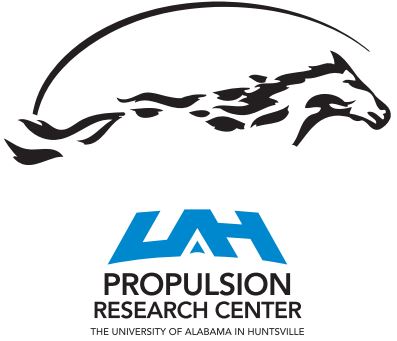Alternative Propellant Nuclear Thermal Propulsion Engine Architectures
Source
UAH PRC Research Database
Document Type
Article
Publication Title
Journal of Spacecraft and Rockets
Abstract
Recently, NASA?s Artemis Program has considered sustainably returning humans to the moon with in situ resource utilization as the central focus and considers nuclear thermal propulsion (NTP) to be a viable propulsion system candidate for deep space missions. This program also considers the moon to function as a staging area for deep space missions due to its strategic orbit around Earth. The Lunar Crater Observation and Sensing Satellite discovered the abundancy of water, ammonia, and other volatiles in permanently shadowed regions on the moon. Because NTP can theoretically use any fluid as a propellant, water and ammonia are two potential alternative propellants to hydrogen that do not require postprocessing to be used directly in situ. Alternative propellant NTP engine models were developed to examine the performance of water and ammonia. It was found that bleed cycle architectures are infeasible with current turbine materials, but expander cycles have acceptable turbine inlet temperatures with marginal performance differences from bleed cycles. At reactor power levels comparable to hydrogen NTP engines, water doubles the thrust while ammonia increases it by 70%, although at a much lower specific impulse. The largest contributor to the life of the engine was the maximum temperature of the SiC cladding for water and the maximum temperature of the fuel for ammonia where higher values resulted in shorter engine life.
First Page
1149
Last Page
1160
DOI
https://doi.org/10.2514/1.A35289
Publication Date
1-11-2022
Recommended Citation
Nikitaev, Dennis and Thomas, Dale L., "Alternative Propellant Nuclear Thermal Propulsion Engine Architectures" (2022). PRC-Affiliated Research. 13.
https://louis.uah.edu/prc-research/13


